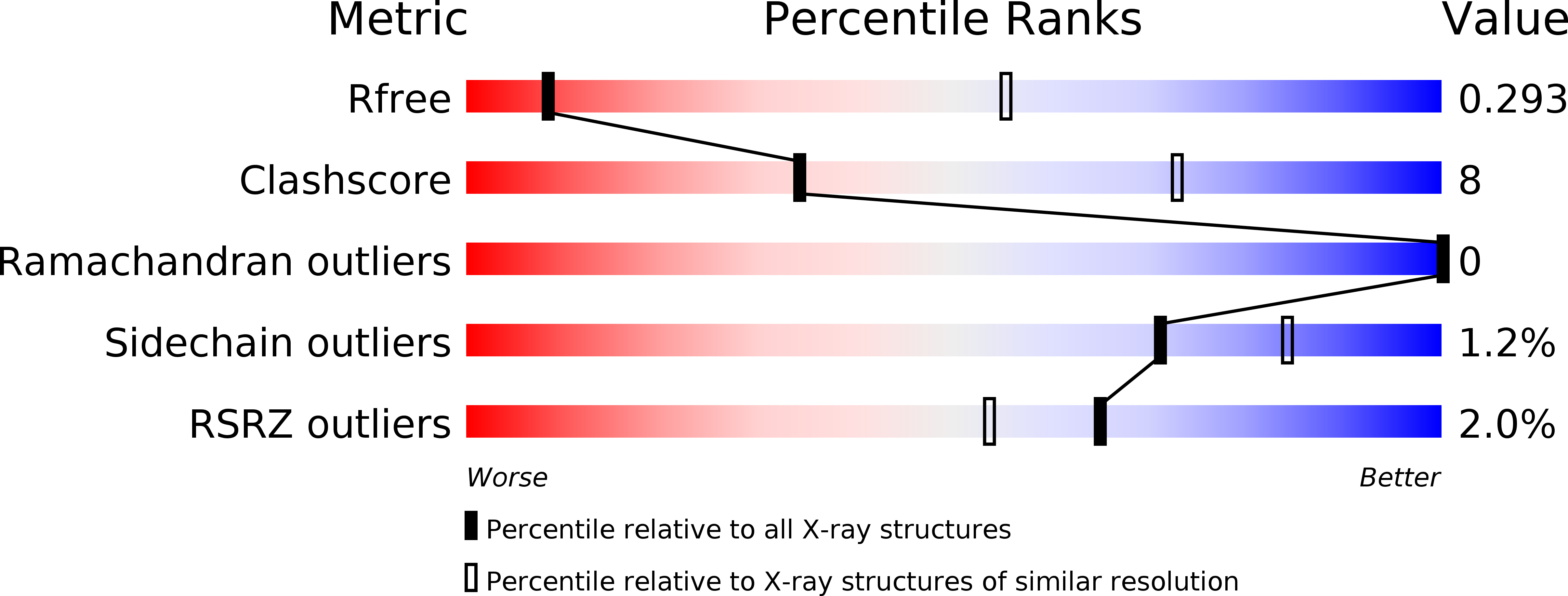
Deposition Date
2014-12-13
Release Date
2015-01-21
Last Version Date
2024-10-16
Entry Detail
PDB ID:
3X29
Keywords:
Title:
CRYSTAL STRUCTURE of MOUSE CLAUDIN-19 IN COMPLEX with C-TERMINAL FRAGMENT OF CLOSTRIDIUM PERFRINGENS ENTEROTOXIN
Biological Source:
Source Organism:
Mus musculus (Taxon ID: 10090)
Clostridium perfringens (Taxon ID: 1502)
Clostridium perfringens (Taxon ID: 1502)
Host Organism:
Method Details:
Experimental Method:
Resolution:
3.70 Å
R-Value Free:
0.29
R-Value Work:
0.25
R-Value Observed:
0.25
Space Group:
P 21 21 21


